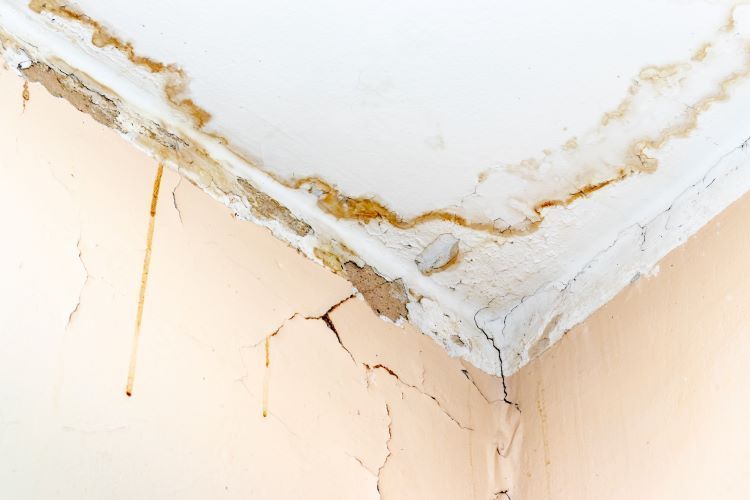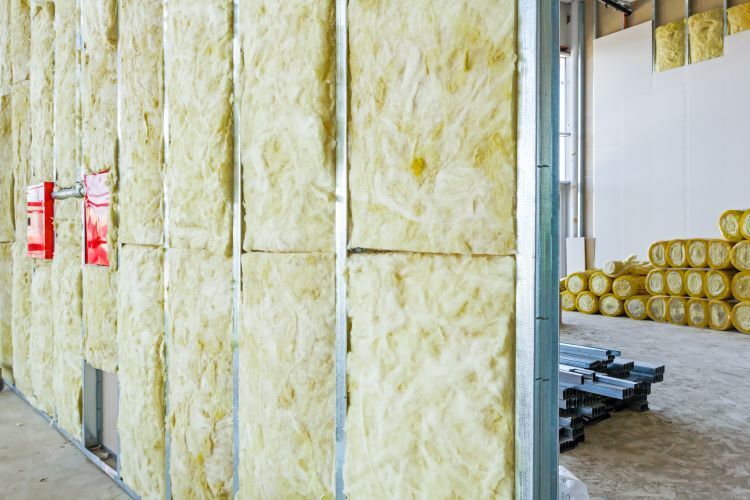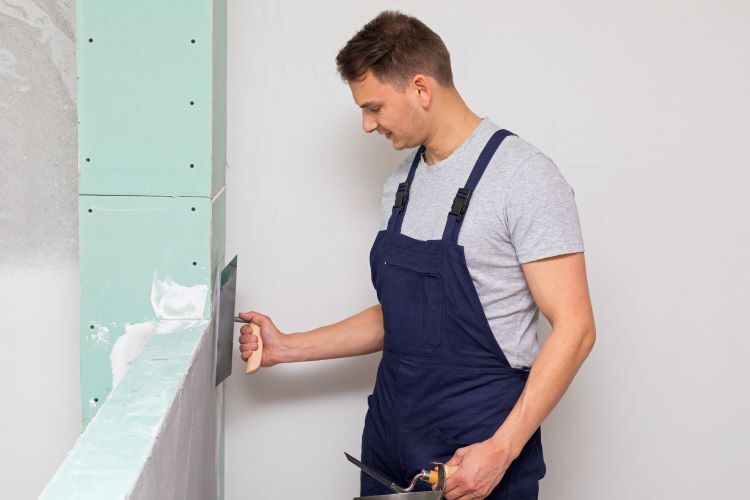Effective Ways To Identify Water Damage on Drywall

Water damage can be a significant issue for homeowners, particularly when it comes to drywall. Recognizing the signs of water damage early can save you from costly repairs and extensive renovations. At Windsor Drywallers, we specialize in addressing water damage and restoring your walls to their original condition. This article will guide you on how to identify water damage on drywall and what steps to take once you’ve identified it.
Common Causes of Water Damage
Before diving into the identification process, it's essential to understand what can cause water damage to your drywall. Common sources include:
- Leaking Pipes: Broken or leaking plumbing can seep into walls and cause damage over time.
- Roof Leaks: Water can penetrate through a damaged roof, especially during heavy rains, and make its way to your walls.
- Flooding: Natural disasters like floods can bring water into your home, damaging everything it touches.
- Condensation: High humidity levels and condensation from HVAC systems can lead to moisture buildup in your drywall.
Signs of Water Damage on Drywall
1. Stains and Discoloration
One of the most obvious signs of water damage is staining or discoloration. These stains are often yellowish-brown and can appear on walls or ceilings. Pay close attention to:
- Water rings or streaks on the wall.
- Patches of discoloration that look different from the rest of the wall.
2. Bubbling or Peeling Paint
Water damage can cause the paint on your walls to bubble, peel, or crack. If you notice any of these signs, it’s likely that water has infiltrated your drywall.
3. Soft or Warped Drywall
Drywall should be firm to the touch. If you press on a section of the wall and it feels soft, spongy, or starts to crumble, it indicates significant water damage. Warping or buckling is another sign that the drywall has absorbed a lot of water.
4. Mold and Mildew
The presence of mold or mildew is a clear sign of water damage. Mold thrives in damp conditions and can appear as black, green, or white patches. Moldy drywall often has a musty smell and should be addressed immediately due to health risks.
5. Sagging Ceiling
If water damage occurs on the upper levels of your home, it can cause the ceiling drywall to sag. This is not only a sign of water damage but also a potential safety hazard, as the ceiling could collapse.
6. Visible Water Drips or Puddles
In severe cases, you might see water dripping from the walls or pooling on the floor. This is a clear indication that water is seeping through the drywall.
Steps to Take When You Identify Water Damage
1. Assess the Damage
Determine the extent of the water damage. If it’s a small area, you might be able to handle it yourself. For larger or more severe damage, it’s best to call in professionals like Windsor Drywallers.
2. Stop the Source of Water
Before any repairs can be made, you must stop the source of the water. This might involve fixing a leaky pipe, repairing the roof, or addressing issues with your HVAC system.
3. Dry the Area
Dry the affected area thoroughly. Use fans, dehumidifiers, and proper ventilation to remove moisture from the walls and surrounding areas.
4. Remove Damaged Drywall
Cut out and remove the damaged sections of drywall. This step is crucial to prevent mold growth and ensure that the new drywall can be installed correctly.
5. Inspect for Mold
Inspect the exposed areas for mold and mildew. If you find any, clean it with a bleach solution or a mold remover. In severe cases, you may need to call in mold remediation experts.
6. Repair and Replace
Once the area is dry and free of mold, you can begin repairs. Install new drywall, tape and mud the joints, and sand the surface to a smooth finish. Finally, prime and paint the repaired area to match the rest of your wall.
Conclusion
Identifying water damage early is crucial for maintaining the integrity of your home. By recognizing the signs and taking swift action, you can prevent further damage and costly repairs. At Windsor Drywallers, we are experts in water damage repair and can help restore your walls to their original condition. If you suspect water damage in your home, don’t hesitate to contact us for a professional assessment and repair services.
You might also like


